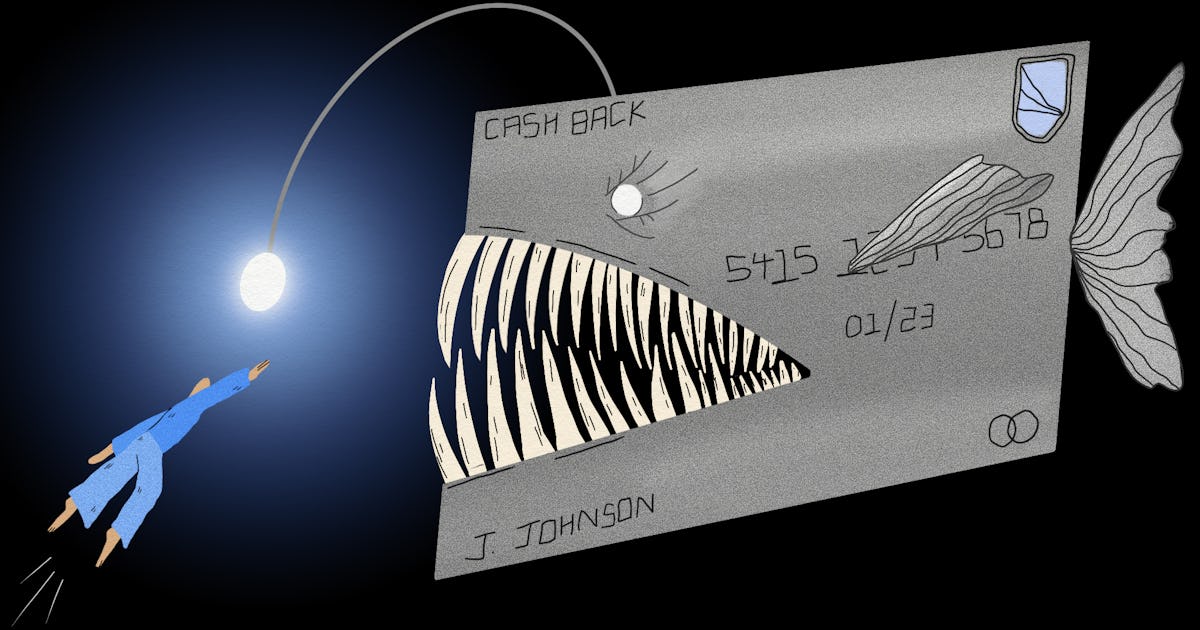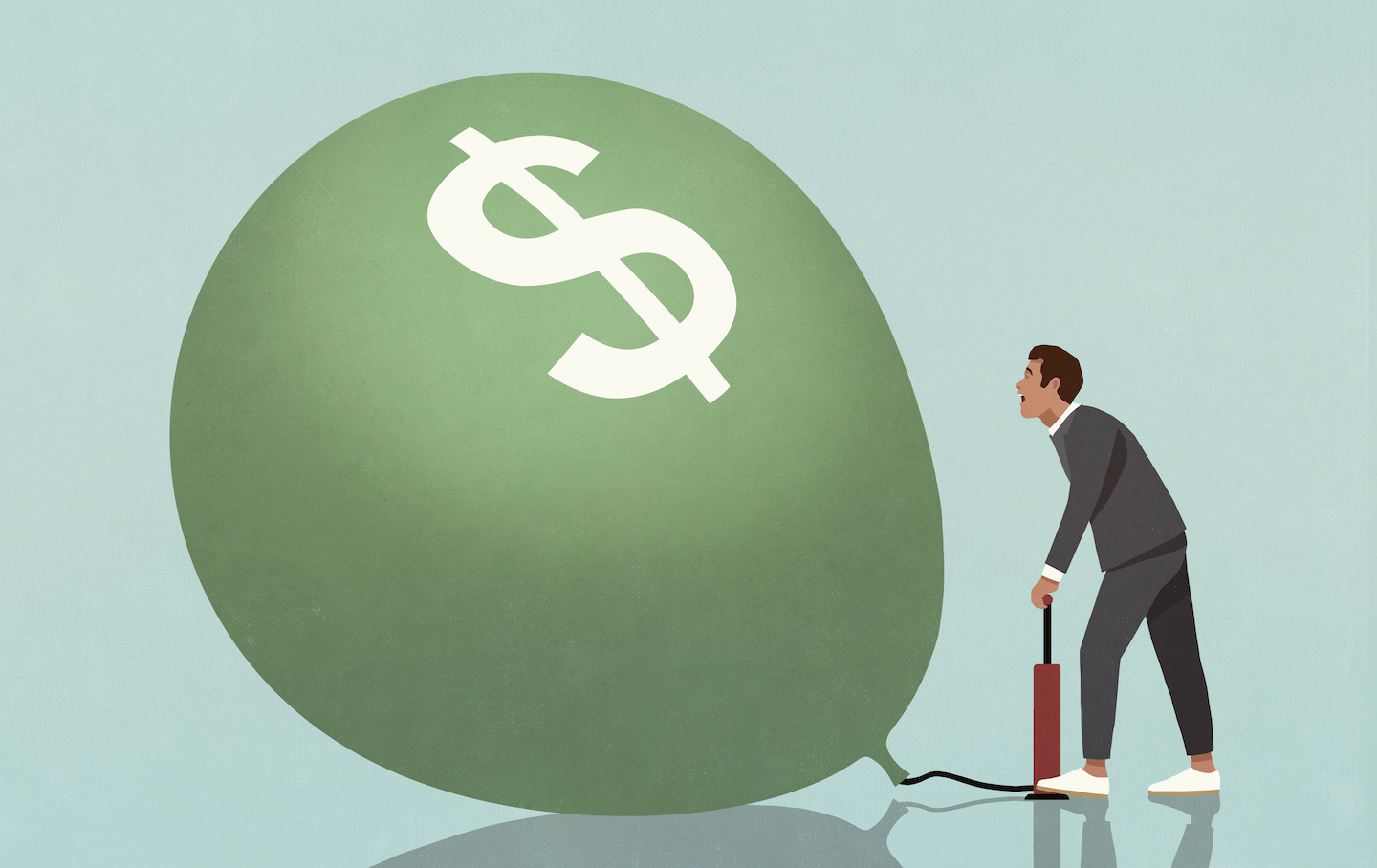Editorial Note: We earn a commission on partner links on Forbes Advisor. Commissions do not affect the opinions or ratings of our editors.
Borrowing a $2,000 personal loan could help you out of a tough spot, whether you need to cover a medical bill, a car repair, or some other expense. While some lenders require you to take out a larger loan, there are banks, credit unions, and online lenders that offer $2,000 loans. You might even be able to get financing in as little as one business day.
Follow these five steps to get a $2,000 loan.
1. Consider qualification requirements
Most personal loans are unsecured, so a lender bases their approval decision primarily on your credit and income. Here are some common qualification requirements for getting a $2,000 loan:
- Credit. A lender will look at your credit history and credit score when evaluating you for a loan. Borrowers with strong credit are more likely to qualify for more favorable terms. A good FICO score starts at 670, a very good score starts at 740, and an exceptional score starts at 800. You can check your credit score with all three major credit bureaus, use a credit monitoring service or go through your credit card provider. You can also view your credit report from AnnualCreditReport.com. If you spot reporting errors, challenge them to have them removed.
- Revenue. You will need to meet a lender’s income requirements to qualify for a $2,000 loan. A lender may ask you to upload pay stubs when you apply to ensure you have the funds to repay your loan.
- Debt-to-income ratio (DTI). Your DTI report compares your monthly debt payments with your monthly income. This is another indication of your ability to repay a loan. If your DTI is too high, a lender might reject your loan application. Lenders generally prefer a DTI of 35% or less.
- Co-applicant. Although a co-applicant is not required to borrow a $2,000 loan, some lenders allow you to add one to your application if you cannot meet the credit and income requirements on your own.
- Collateral. Most personal loans are unsecured, meaning they don’t require collateral. However, you can find secured loans, especially if you don’t meet a lender’s credit and income criteria. Secured loans are backed by collateral, such as a car title or bank account. However, you could lose your guarantee in the event of late payment.
2. Prequalify with multiple lenders
Although a $2,000 loan is a relatively small sum, it’s still worth shopping around for the best deal. Many online lenders allow you prequalify for a loanwhich means you can check your rates without affecting your credit score.
All you have to do is provide some basic personal information and the lender will show you loan offers. These offers aren’t locked in until you submit a complete application, but they can give you an idea of your rates.
3. Compare your offers
Compare offers from various lenders to find the one with the lowest interest rate and fees. Here are some factors to consider when comparing $2,000 loans:
- Annual percentage rate (APR). Your loan is APR measures both interest rate and fees, allowing you to compare loans on an apples-to-apples basis. The loan with the lowest APR should be the most affordable.
- Repayment Terms. Consider how many months or years you will need to repay the loan. Since your loan amount is small, your repayment terms may be shorter than they would be for a larger sum.
- Monthly payments. Review what your monthly payments will be on each loan offer to make sure they fit your budget.
- Funding time. Find out how long it will take to receive the funds, especially if you have an immediate need for the loan.
- Customer service and reviews. Check out lender reviews to see what other borrowers have to say about the loan process and customer service. Make sure the lender offers customer support via phone, email, and/or online chat in case you have questions or run into problems.
4. Complete and submit your application
Once you’ve found a loan offer you like, fill out and submit a full application. This application will be more complete than the pre-qualification form.
You will provide your personal information and upload all required documents. Sample documents include pay stubs, W-2 forms, and bank statements, although requirements vary by lender.
Many lenders allow you to complete the application online, although some offer the option of applying over the phone or in person.
5. Manage and repay your loan
After you submit your application, the lender will review your information and run a firm credit application to check your credit. This rigorous credit check could temporarily reduce your credit score by a few points.
Assuming the lender approves the loan, you will receive the funds less any origination fees charged by the lender. You will also start repaying the loan according to the agreed repayment term. Consider setting up automatic payments to make sure you don’t miss any.
How to get a $2,000 loan with bad credit
Bad credit can limit your options for a $2,000 personal loan. Since most personal loans are unsecured, lenders rely on your credit and income to determine your risk as a borrower.
That said, it’s still worth shop to see if a lender is willing to work with you. Universal Credit, for example, requires a minimum score of 560, while Upgrade and Avant require scores starting at 580.
You can also check with your current bank or credit union to see what they can offer. Some lenders will also let you apply with a co-signer or opt for a secured personal loan if your credit isn’t up to scratch.
Finally, you can search for a peer-to-peer lending or one alternative payday loan (PAL) from a credit union, both of which may have more flexible credit requirements than traditional personal loans.
Beware of loans that don’t require a credit check, as these can be payday loans with exorbitant interest rates and fees. Payday loans typically require repayment within weeks and can have fees equivalent to APRs of 400% or more.
Where to get a $2,000 loan
Long-term costs of a $2,000 loan
The long-term costs of a $2,000 loan vary depending on your interest rate, fees, and repayment terms. The lower your rate and fees, the lower your borrowing costs will be.
You can also reduce your borrowing costs by opting for a shorter loan term. The downside of choosing a short-term loan, however, is that your monthly payments will be higher.
For example, let’s say you borrow a $2,000 personal loan at a rate of 10%. With a repayment term of one year, your monthly payment would be around $176 and you would pay $110 in total interest charges. Over a two-year term, your monthly payment would be $92, but your total interest charges would almost double to $215.
Use our personal loan calculator to estimate both your monthly payments and your long-term charges according to different repayment terms. Searching for a $2,000 loan offer can also help you find a loan that fits your budget.






/cloudfront-us-east-2.images.arcpublishing.com/reuters/RIOYFQ6SZRM3ZBVK3QQJ2ZZ3PQ.jpg)





